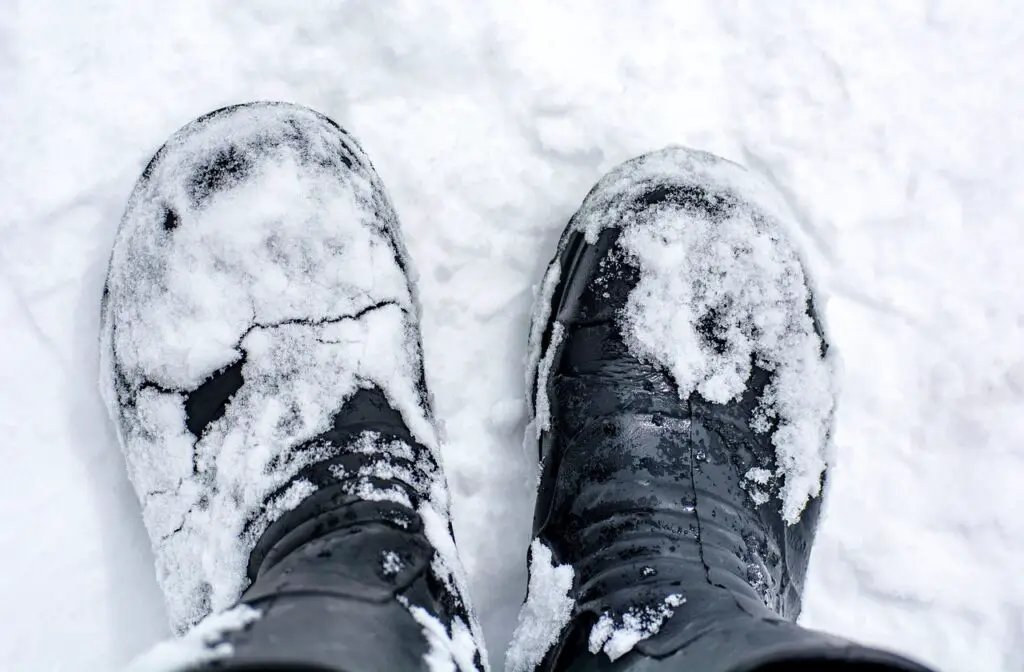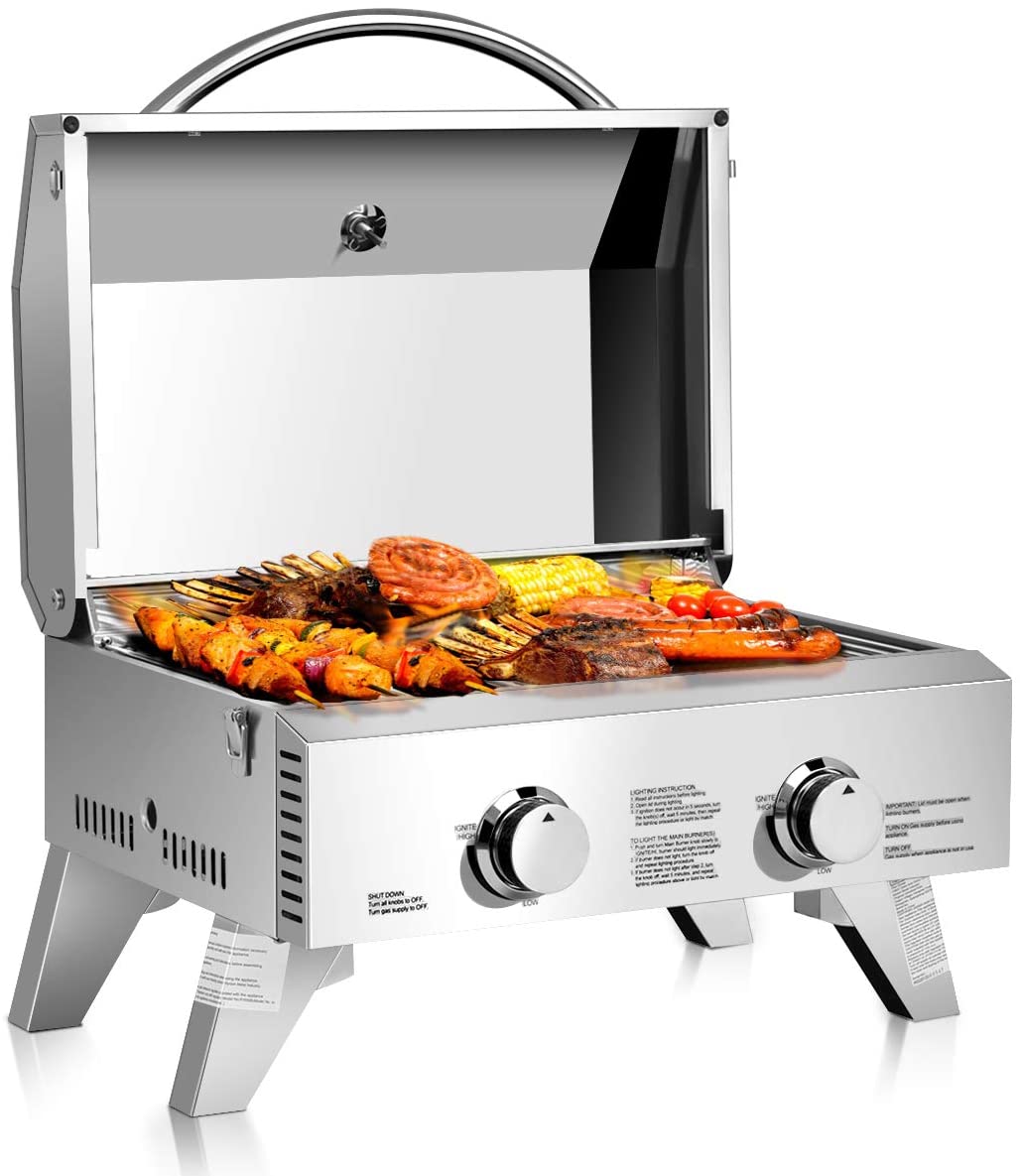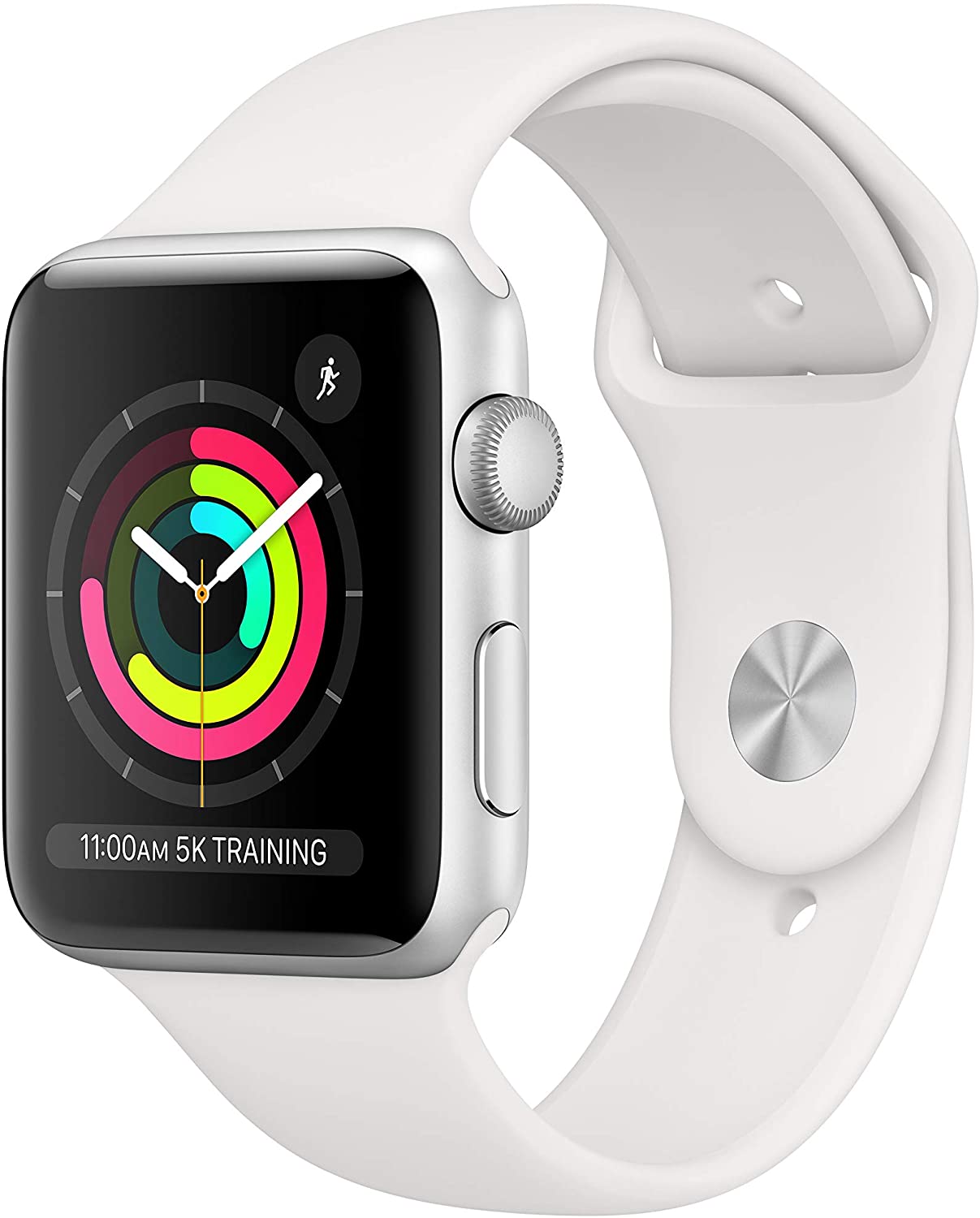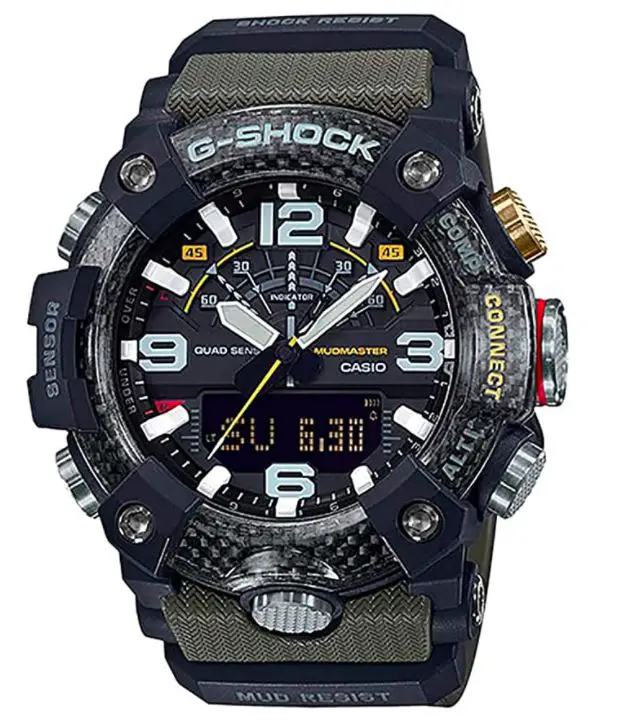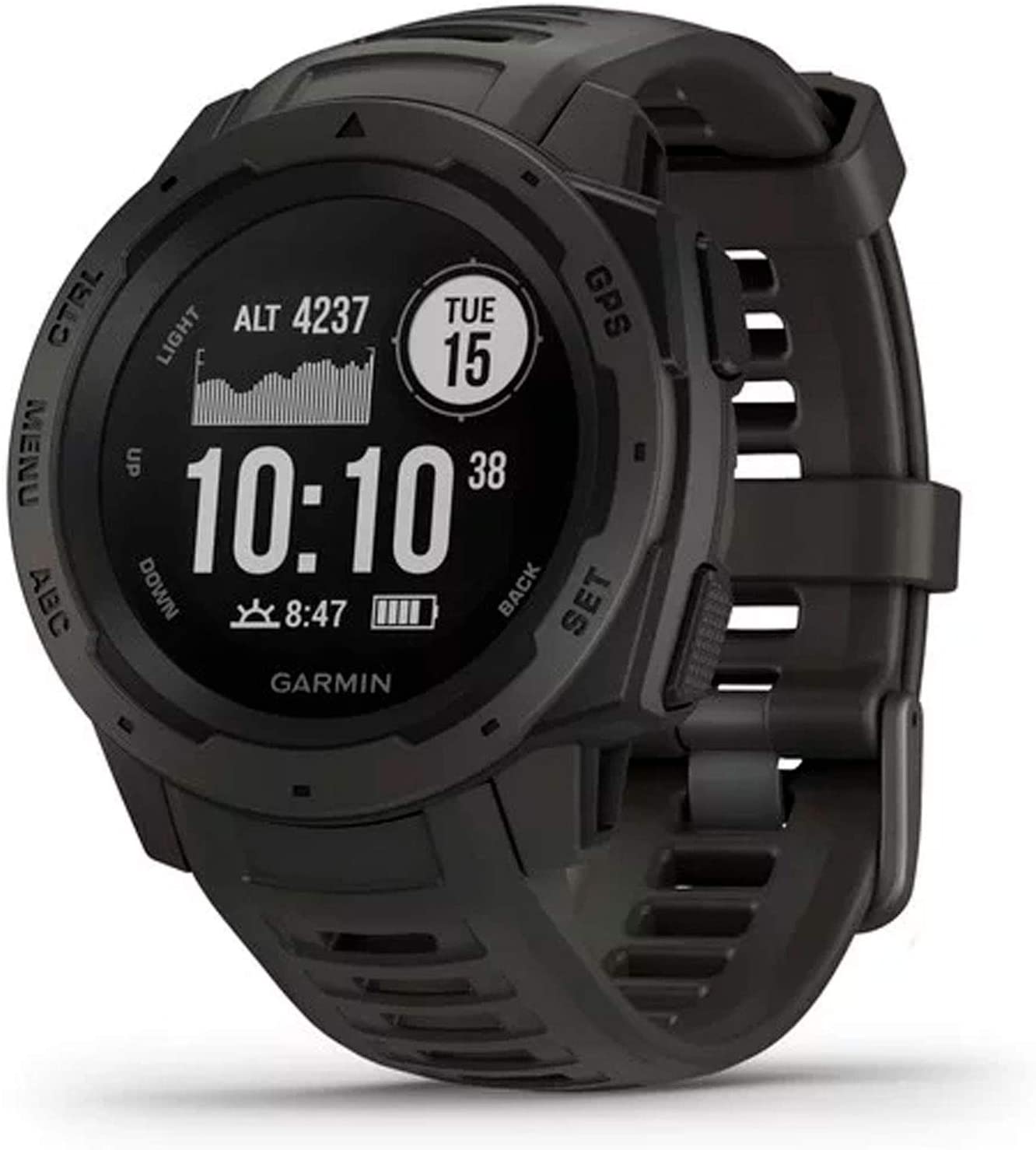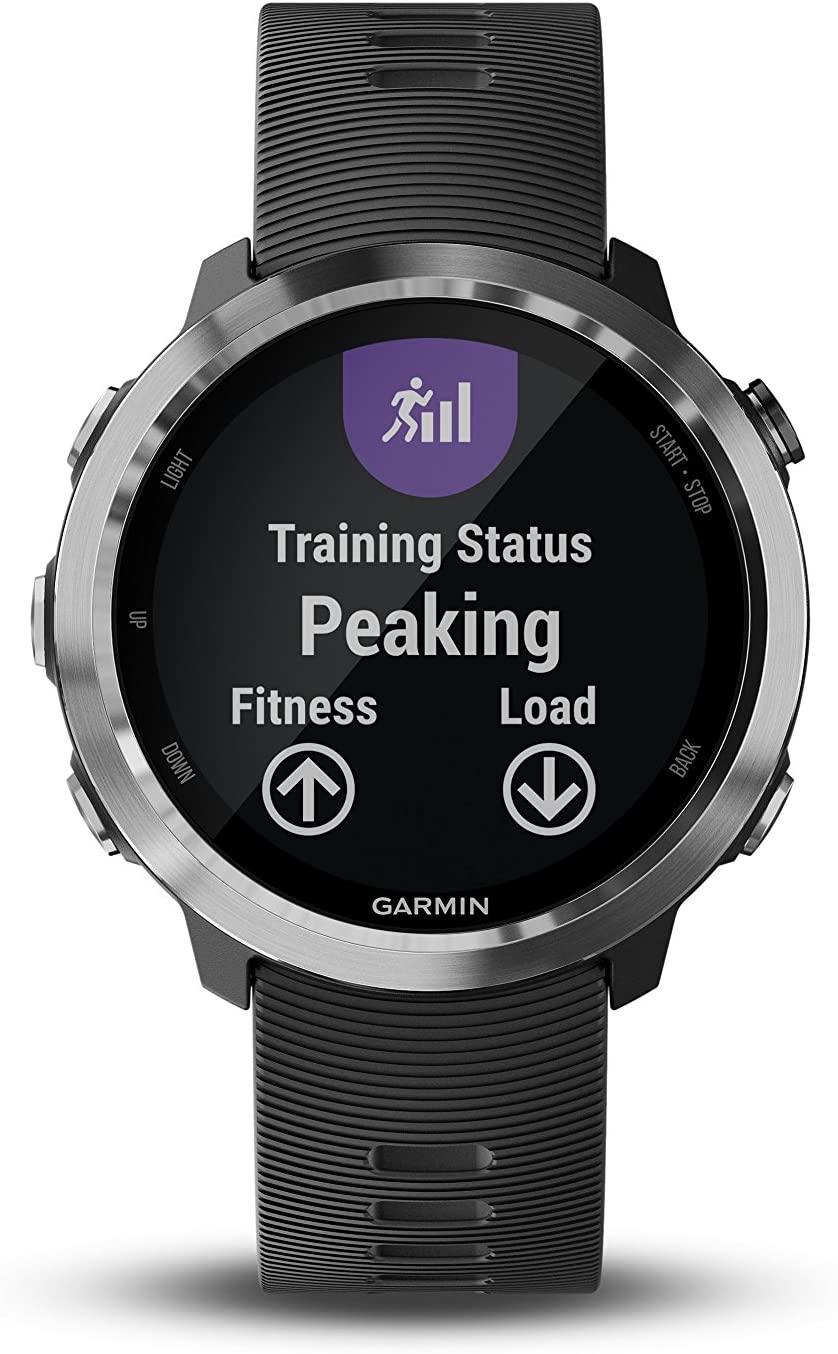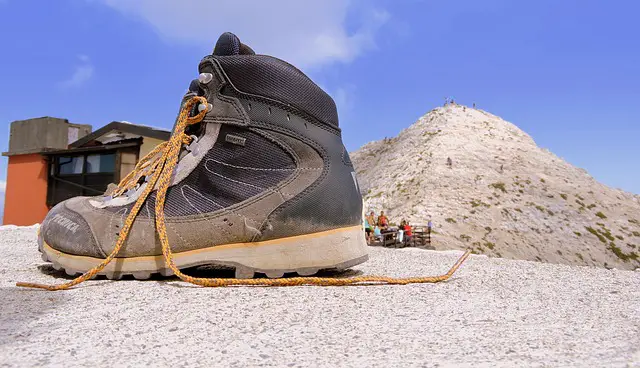
If you’re new to the mountaineering game, it’s probably easier than you think to get confused by some of the more popular kit and accessories which are out there for you to buy. After all, you are always going to need a tough, sturdy, and supportive pair of boots if you are going to be traversing any kind of rugged terrain. However, what is the main difference between mountaineering boots vs hiking boots? Why should you generally opt for one, and not the other?
The answer might not be as simple as you may think. Having spent many years hiking and mountaineering in equal measure, let me tell you – there are key differences between the two types of boot, and the one you pick will of course revolve around how you’re going to use it in the long run.
It’s probably pretty easy to assume that mountaineering boots do the same job as hiking boots, but there are more than a few features between them that are worth shopping for separately.
In this guide, I’ve lined up a comparison between mountaineering boots and hiking boots so you can get a feel for what separates the two types. A bit further down, I’ve also made a point of lining up four products I think are well worth you looking into, should you be interested in taking on long walks or heading up steep mountain trails in the near future.
Regardless of the types of boot you end up purchasing, giving your legs and feet enough warmth, support and crucial are ultimately what you should be aiming for. Trust me – one of the best things you can do before setting out on any kind of expedition is make sure you have the best footwear to support you along the way.
What Are Mountaineering Boots?
Funnily enough, mountaineering boots are built for mountaineering! Specifically, you will find that these boots give you the grip and stability to traverse steep slopes and to work your way across rugged and weather-hit areas. In particular, mountaineering boots are going to be your allies if you are going anywhere particularly icy, regardless of whether or not you are heading up an incline or not.
These boots are some of the heaviest duty you can buy. That’s because you are going to need solid footing when trekking across rugged plains, especially when you are up high, or when it becomes hard for you to reach level ground. These are boots which are more than just comfy or built with the best grips around.
What to Look For
As you can imagine, there is no one ‘type’ of mountaineering boot out there, meaning that you are going to need to compare and contrast between brands, fits and styles.
However, what you may find is that some mountaineering boots differ in terms of insulation, waterproofing, and grip. Some boots, classified as ‘double’ insulated, will work best if you are climbing or hiking up in snowy or icy conditions. This is because they are less prone to freezing, thanks to the fact that you can remove their liners and dry them out if you need to.
You should also be looking at the shank of a mountaineering boot. Your shank is going to be the stiff, solid part of the boot that really helps you to start climbing those steeper slopes, or those rugged areas where normal boots simply won’t give you enough traction.
Full shank books are likely to be worth looking into if you want the whole of your boot to boast the same solidity across the whole shoe. This stiffness will allow you to climb tricky mountains and slopes but may not be too comfortable for walking on the flat, at least for long distances. That’s why many people look for partial shanks instead. These are a little more comfortable on the flat, while still giving you plenty of traction to get up the trickier slopes and slides.
What you might also find is that some mountaineering boots only work well with specific crampons. Many find, for example, that a partial shank boot isn’t always going to be best if you want to keep your crampon options open. That’s why it’s really worth shopping around for different boots and shanks.
What Are Hiking Boots?
If mountaineering boots are designed for slippery, icy, and snowy conditions, then hiking boots are the ‘dry’ equivalent. As you can imagine, these boots tend to be better suited to dry landscapes such as plain rocks and rugged hills, meaning that they should give you plenty of support across uneven ground, even when you are up high.
Therefore, if you are likely to seriously go climbing snowcapped mountains in all kinds of white weather, then mountaineering boots are more likely to be the best fit for you. When it comes to hiking trails, which are dry and free from snow capping, on the whole, you should be considering hiking boots.
This really is the main distinction. You can find hiking boots with a high level of waterproofing and protection against the elements. Some will even have impressive grips that give you similar traction to what you might expect from a mountaineering option. However, if you know your hikes are more likely to be rugged and muddy than icy and wet, it’s worth investing in specialized hiking footwear.
Things to Look For
Again, hiking boots can and will split up into different types and styles. For example, you might find boots which are built for backpacking, which means they tend to give you a bit more rigidity and support on the ankle if you are lugging heavy weights across long distances.
However, many people choose to opt for lighter shoes and footwear instead. For example, you may find that hiking shoes give you the support you need, only without the stiffness and tendency to plod that you might expect from boots. The choice is yours, of course. Plenty of hikers prefer shoes to boots as they are more comfortable for them, and they are perhaps more akin to what they’d wear in everyday life.
However, others prefer traditional boots simply because they feel more solid and feel as though they give more support. Therefore, there really isn’t a wrong answer here.
A Handful of Examples
Let’s take a look at some of the best hiking boots and mountaineering boots on the market right now, and why I think you should invest in them before your next big trip.
Product 1: Scarpa Men’s Zodiac Tech GTX Mountaineering Boots
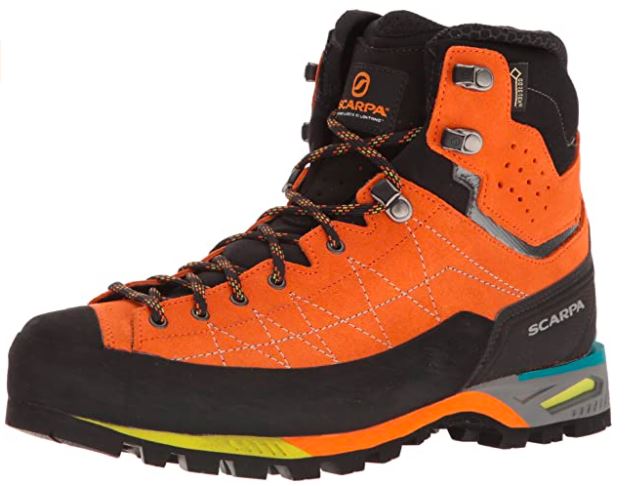
These bright, appealing mountaineering boots are extremely breathable, and what’s more, they are waterproof against even the wettest and coldest of conditions.
They are non-bulky, which means that you can easily fit into them with thick socks without having to clump around in pain. It’s fitted with a rubber sole, and you should find it pretty easy to fit these boots to crampons on a semi-automatic system.
There’s a nice balance in the sole, meaning that you should have plenty of support and grip while traversing woolly climates. It’s made in suede and Gore-Tex, meaning you’re all the better protected.
Key Specs: 100% suede, Gore-Tex lining, fits with semi-auto crampons
✅ Pros:
- Nice and balanced – very sturdy and stable
- Very easy to wear and use with thick socks
- Simple to use with crampons for extra grip
- Breathable and comfortable over long periods
➖ Cons:
- Perhaps a little on the higher end of the pricing scale
💡 These are good, solid mountaineering boots which are more comfortable than they have any right for being! They are amazingly robust and very easy to get in and out of. What’s more, they should see you well on long walks without much in the way of fatigue.
Product 2: Salomon Men’s Quest 4D 3 GTX Backpacking Boots
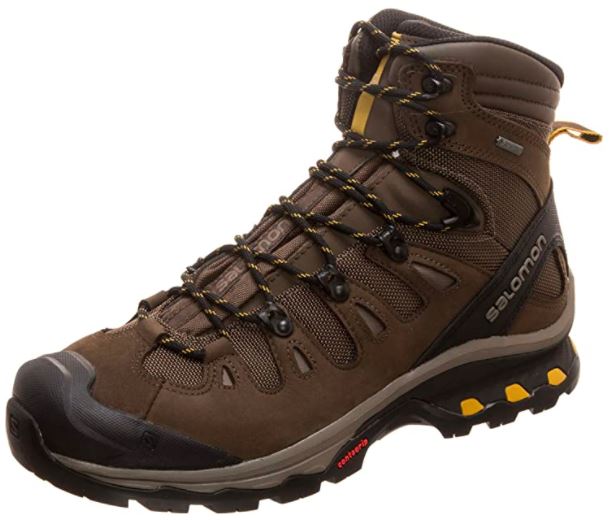
As backpacking boots, these are ideal for wearing across long distances and rocky terrain, especially if you have a big bag of tools and accessories to take with you. As fully waterproof, they may even work well in snowy conditions, though they are built to handle plain terrain best.
Available in a variety of styles, these rubber soled boots are completely synthetic, and are therefore lighter than the average to wear and use. They should give you a lighter walk, rather than you having to clump around on longer trails.
Key Specs: 100% synthetic, rubber sole, women’s sizes available
✅ Pros:
- Waterproof and ready to use in all weathers
- Chunky sole and stable design
- Very light and comfortable – no plodding around
- Various styles available
➖ Cons:
- Maybe not the cheapest boots of the type
💡 These are great hiking boots for anyone who may be new to taking on longer trails or rockier surfaces. However, I also think they are perfect for anyone who may have hiked in the past and be tired of getting tired! They are super light and very flexible, making them a joy to wear as well as massively supportive.
Product 3: Salomon Men’s X Ultra 3 Mid GTX Hiking Boots
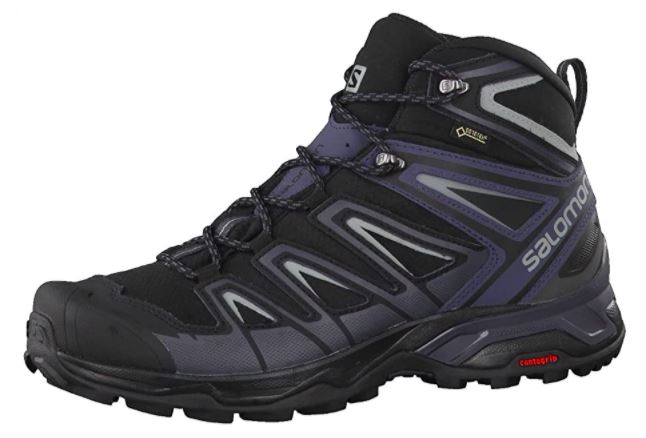
These super-sturdy Salomon boots tend to be the more modest option in terms of pricing and technology than the above, but they offer the same fantastic support. They look fantastic, too!
The soles themselves actually use two different types of rubber, and again, the build is completely synthetic. They are nice and light to wear, and what’s more, there is additional cushioning and support on the inside for extra stability. You’ll likely find these boots help you to grip terrain better than you anticipate!
Key Specs: 100% synthetic, rubber sole, available in a variety of sizes
✅ Pros:
- Nice, simple design
- Internal and external supports
- Very affordable
- Sockliner available
➖ Cons:
- Maybe not as waterproof as the above boots
💡 These boots tend to be easier on the eye and on the feet compared to the above. However, they are just as easy to get into and out of, and they make use of a unique system to help support you on the go.
Product 4: Merrell Women’s Moab 2 Mid Waterproof Hiking Boots
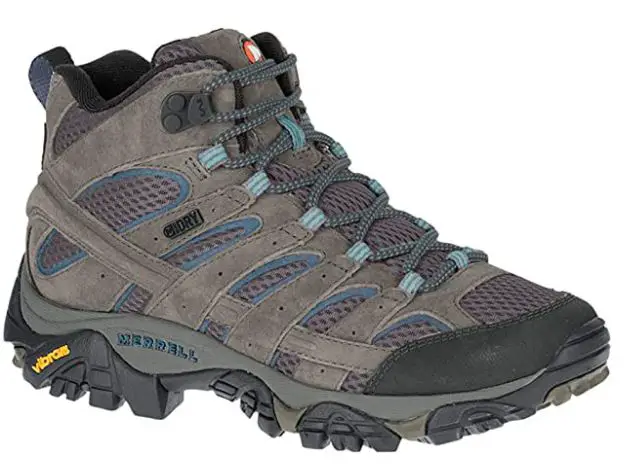
Available in many different looks and style, these women’s hiking boots benefit from a sturdy rubber sole, suede leather and mesh, meaning that these are boots which are really built for performance across rugged landscapes.
You’ll also benefit from air cushioning to help absorb shock, meaning that they are all the more reliable on the move. They are also great for locking out moisture and for keeping your feet dry, too.
Key Specs: Suede leather build, shock absorbent, moisture resistant
✅ Pros:
- Great at keeping your feet dry on long walks
- Some of the best shock absorbent boots around
- Very well-priced
- Removable insole is a nice touch
➖ Cons:
- Perhaps not the most advanced boots available
💡 These humble hiking boots are great at supporting your feet and helping to keep out the wet and any moisture which may come along. They are also some of the best-priced for the technology, making them all the more worthy of your money.
So – Which are Better?
There really isn’t any kind of battle between mountaineering boots and hiking boots. Both serve very specific purposes, which means that while you may find that one type of boots works well across icy climbs as well as the odd walk across rugged ground, the other might not give you the same versatility.
My advice would be to invest in a pair of both types should you know that you’re going to be taking on all kinds of adventures. If you’re likely to scale mountains as well as to walk rugged hills and craggy rocks, then it’s a really good idea to stock up on specific footwear.
Otherwise, you might find that you end us causing yourself an injury or wearing out the boots you prefer.
Make sure to take a look across the different options I’ve picked for you here and do always see what seasoned walkers and hikers have to say, too. They are likely to be your best guides in finding top hiking and mountaineering boots which won’t wear you down from trip to trip. Trust me on this one!
SOURCES
https://mountainhomies.com/mountaineering-and-hiking-boots-comparison-guide/

